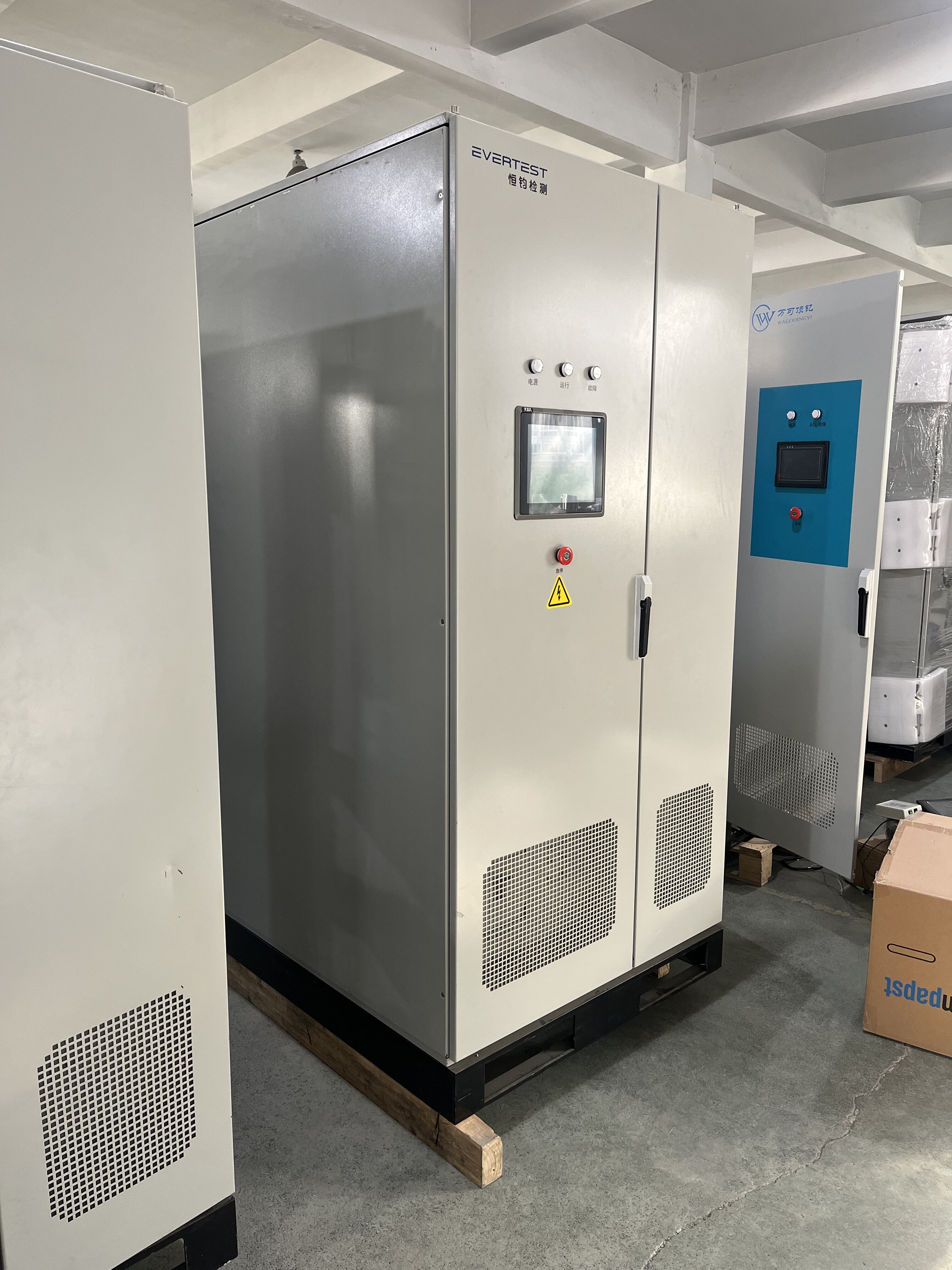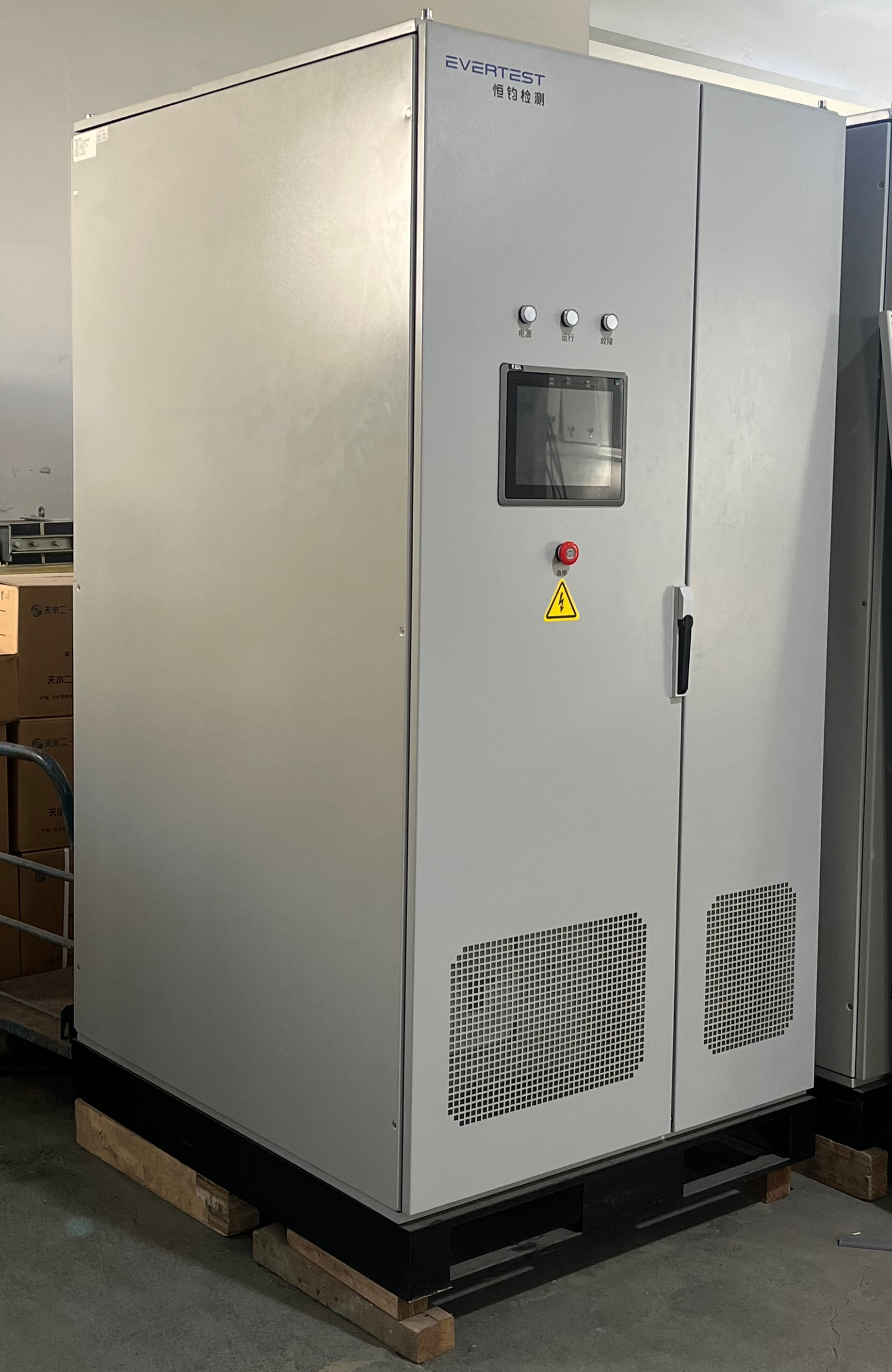Transforming Clean Energy Integration with Advanced Power Solutions
The evolution of renewable energy systems has brought forth innovative technologies that are reshaping how we generate, store, and utilize power. At the forefront of this transformation stands the bidirectional DC power supply, a sophisticated device that enables seamless power flow in multiple directions. This revolutionary technology serves as a crucial bridge between various energy sources and storage systems, maximizing the efficiency and reliability of renewable energy installations.
As our energy landscape continues to evolve, the role of bidirectional DC power supplies becomes increasingly vital. These versatile devices not only facilitate the integration of renewable energy sources but also provide essential grid support functions, energy storage management, and improved system reliability. The ability to control power flow in both directions represents a significant advancement in power electronics, opening new possibilities for sustainable energy solutions.
Core Components and Operating Principles
Power Conversion Architecture
The foundation of a bidirectional DC power supply lies in its sophisticated power conversion architecture. Advanced switching circuits, utilizing high-performance semiconductors, enable efficient conversion between different voltage levels while maintaining precise control over power flow direction. The system incorporates intelligent control algorithms that monitor and adjust power parameters in real-time, ensuring optimal performance under varying load conditions.
Modern designs feature modular architectures that enhance scalability and maintenance flexibility. These systems employ advanced thermal management solutions and protective features to ensure reliable operation in demanding environmental conditions. The integration of digital control systems allows for precise power flow management and seamless mode transitions.
Control Systems and Power Management
Sophisticated control mechanisms form the heart of bidirectional DC power supplies. These systems utilize advanced microprocessors and real-time monitoring to maintain stable operation across various operating modes. The control architecture implements multiple feedback loops that continuously optimize power flow, efficiency, and system response to changing conditions.
Power management algorithms incorporate predictive modeling and adaptive control strategies to enhance system performance. These features enable smooth transitions between different operating modes while maintaining power quality and system stability. The implementation of advanced protection schemes ensures safe operation under all conditions, including fault scenarios and grid disturbances.
Integration with Renewable Energy Sources
Solar Power Systems
In solar power applications, bidirectional DC power supplies play a crucial role in managing energy flow between photovoltaic arrays, battery storage systems, and load centers. These devices optimize solar energy utilization by enabling efficient power conversion and storage during peak generation periods. The bidirectional capability allows excess energy to be stored in batteries and retrieved when needed, maximizing the solar installation's overall efficiency.
Advanced power management features enable dynamic response to varying solar conditions, ensuring optimal power point tracking and system performance. The integration of monitoring and control systems allows for automated operation and remote management of solar installations, reducing maintenance requirements and operating costs.
Wind Energy Applications
Wind power systems benefit significantly from bidirectional DC power supply technology. These devices facilitate efficient power management between wind turbines, energy storage systems, and the grid. The ability to handle variable power flows is particularly important in wind energy applications, where generation patterns can be highly intermittent.
The implementation of sophisticated control algorithms enables smooth power flow regulation and enhanced grid stability support. Advanced features such as reactive power compensation and voltage regulation contribute to improved grid integration of wind energy systems. The bidirectional capability also supports auxiliary functions such as turbine startup and emergency power supply.

Energy Storage Integration
Battery Management Systems
The integration of energy storage systems represents a critical application for bidirectional DC power supplies. These devices manage charging and discharging cycles of battery banks while maintaining optimal operating conditions. Advanced battery management features protect storage systems from damage while maximizing their operational life and performance.
Sophisticated charging algorithms adapt to different battery technologies and conditions, ensuring efficient energy transfer and storage. The implementation of monitoring and protection features safeguards battery systems against overcharge, deep discharge, and thermal stress. Real-time performance data enables predictive maintenance and system optimization.
Grid Support Functions
Bidirectional DC power supplies enable essential grid support functions through energy storage systems. These include frequency regulation, voltage support, and peak shaving capabilities. The ability to rapidly respond to grid conditions enhances system stability and reliability while providing valuable ancillary services.
Advanced control systems enable coordinated operation with grid management systems, supporting smart grid functionality and improved power quality. The integration of communication interfaces allows for participation in demand response programs and grid services markets, creating additional value streams for energy storage installations.
Future Trends and Developments
Technology Advancements
The field of bidirectional DC power supplies continues to evolve with emerging technologies and innovations. Wide-bandgap semiconductors, advanced materials, and improved control algorithms are driving increased efficiency and power density. These developments are enabling more compact and cost-effective solutions for renewable energy applications.
Research in areas such as artificial intelligence and machine learning is leading to more sophisticated control strategies and predictive maintenance capabilities. The integration of advanced communication protocols and cybersecurity features is enhancing system reliability and grid integration capabilities.
Market Evolution and Applications
The market for bidirectional DC power supplies is expanding rapidly, driven by growing adoption of renewable energy and energy storage systems. New applications are emerging in sectors such as electric vehicle charging, microgrids, and industrial power systems. The increasing focus on grid modernization and sustainability is creating opportunities for innovative power conversion solutions.
Industry trends indicate continued growth in system capacity and functionality, with emphasis on improved efficiency and reliability. The development of standardized interfaces and protocols is facilitating easier integration and expanded applications across different sectors.
Frequently Asked Questions
What are the primary benefits of using bidirectional DC power supplies in renewable energy systems?
Bidirectional DC power supplies offer multiple advantages including efficient energy storage integration, improved system reliability, and enhanced grid support capabilities. They enable optimal utilization of renewable energy sources while providing flexible power management solutions for various applications.
How do bidirectional DC power supplies improve energy storage efficiency?
These systems optimize charging and discharging cycles through sophisticated control algorithms, reducing power losses and extending battery life. They also enable advanced features such as peak shaving and frequency regulation, maximizing the value of energy storage installations.
What future developments can we expect in bidirectional DC power supply technology?
Future developments include integration of wide-bandgap semiconductors, advanced control algorithms, and improved communication capabilities. These innovations will lead to higher efficiency, increased power density, and enhanced grid integration features, supporting the continued growth of renewable energy systems.



